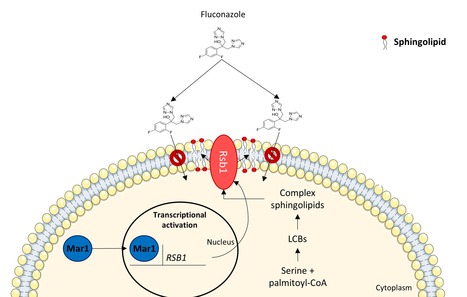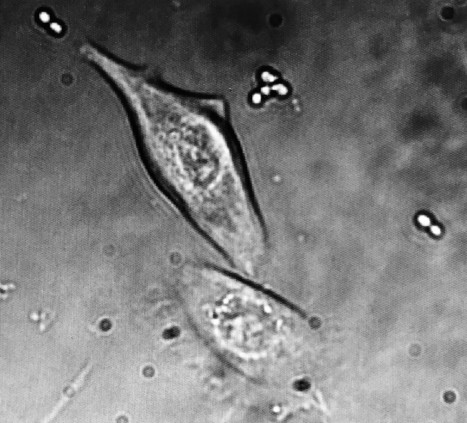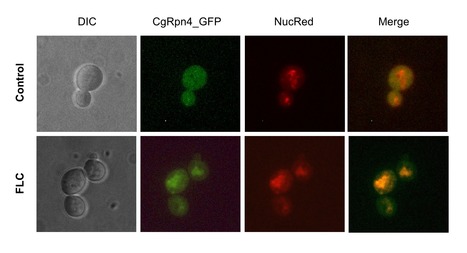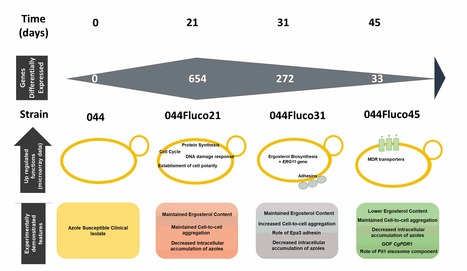
The prevalence of antifungal resistance in Candida glabrata, especially against azole drugs, results in difficult-to-treat and potentially life-threatening infections. In this study, the role of a newly described transcription factor, Mar1, in azole susceptibility was explored. Using RNA-sequencing, its role in the transcriptome-wide response to fluconazole is assessed, leading to the elucidation of its role in modulating azole susceptibility, dependent on membrane sphingolipid incorporation, membrane permeability, and intracellular drug accumulation. Altogether, a regulatory pathway modulating azole susceptibility in C. glabrata is proposed, resulting from what appears to be a neofunctionalization of a Hap1-like transcription factor. These results obtained by an international team led by Miguel Cacho Teixeira, BSRG-iBB, just published in Journal of Fungi, are expected to contribute to maintain the usability of this drug in antifungal therapy.



 Your new post is loading...
Your new post is loading...












